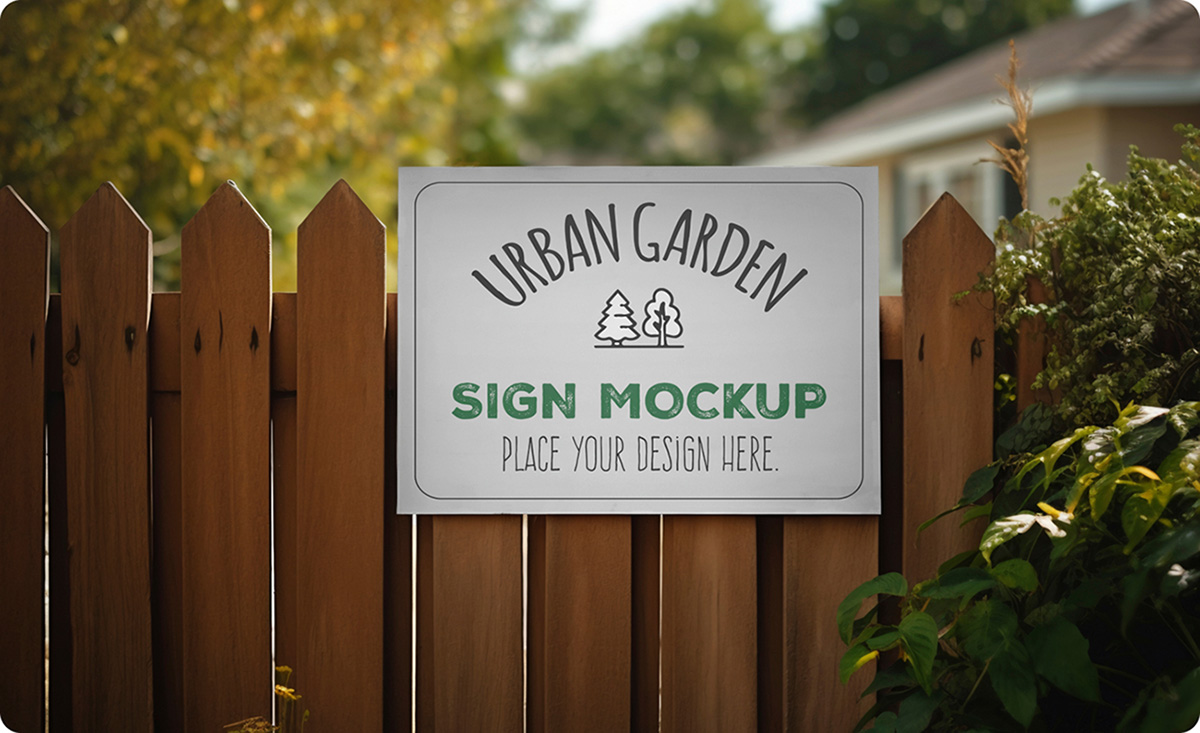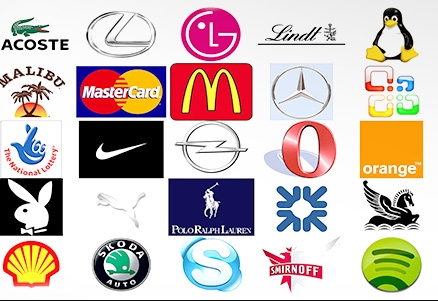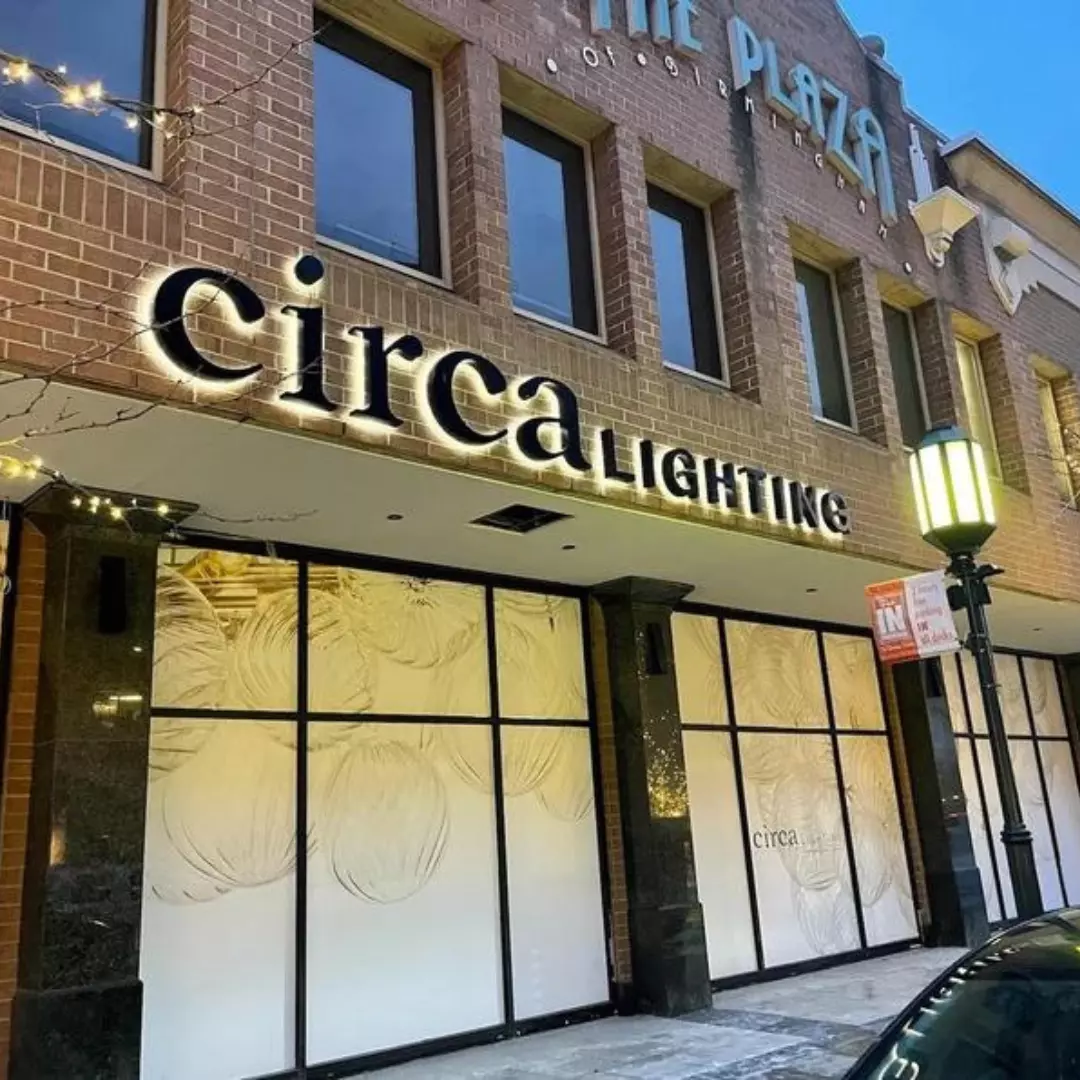Illumination plays a crucial role in ensuring your storefront sign is visible and attractive around the clock. Here’s an in-depth look at various lighting options:
LED Lighting
Light Emitting Diodes (LEDs) are among the most popular lighting options due to their energy efficiency and longevity. LEDs have a lifespan of up to 25,000 to 50,000 hours, reducing the need for frequent replacements. They are available in a wide range of colors, allowing for precise color matching to your brand identity. Additionally, LEDs generate little heat, making them safe for use in enclosed signs like lightboxes. The modern and sleek appearance of LED lights complements various sign designs, from minimalist to high-tech.
Neon Lighting
Neon lighting has a distinctive, warm glow created by electrically charging gas-filled tubes. This glow is iconic and offers a nostalgic charm that is hard to replicate with other lighting technologies. Neon is highly visible and can be bent into various shapes, making it ideal for creating custom sign designs or logos. While neon lighting requires more maintenance than LEDs and is less energy-efficient, its unique aesthetic appeal makes it a popular choice for certain businesses, particularly in the hospitality and entertainment industries.
Fluorescent Lighting
Fluorescent lights provide a broad and even light source, making them perfect for lightboxes and backlit signs. They are more energy-efficient than incandescent bulbs and have a longer lifespan. Fluorescent lights can create a soft glow that is pleasing to the eye and illuminates the sign’s face uniformly. However, they can be more challenging to customize in terms of color and may not be as long-lasting as LEDs.
External Lighting
External lighting involves using spotlights, floodlights, or other fixtures positioned outside the sign to highlight it. This can be particularly effective for pylon signs or monument signs that need to be visible from a distance. External lighting can create dramatic effects, such as spotlighting the sign from different angles to emphasize its shape or features. Proper aiming and shielding of external lights are necessary to avoid light pollution and ensure the light is directed towards the sign.
Incandescent Bulbs
Incandescent bulbs have been a traditional choice for signage due to the warm, yellowish light that some businesses prefer for a classic or cozy ambiance. While they are less energy-efficient and have a shorter lifespan compared to LEDs, their nostalgic appeal is still sought after in certain contexts. Incandescent bulbs are also available in various shapes and sizes, offering flexibility in design.
EL Wire (Electroluminescent)
Electroluminescent wire is a flexible lighting option that emits a uniform glow along its length when electrified. It is thin and can be easily cut to length, making it ideal for outlining letters, and shapes, or creating custom patterns on a sign. EL wire is energy-efficient and has a relatively long lifespan. It offers a modern and sleek appearance that can enhance the visual appeal of a sign, particularly when used to create intricate designs or highlights.
Each illumination option has its own set of advantages and potential drawbacks, depending on factors such as energy efficiency, lifespan, cost, aesthetic appeal, and ease of customization. When choosing the right lighting for your storefront sign, consider your specific needs, brand identity, and the overall design you wish to achieve. The right illumination can dramatically increase the effectiveness of your sign, ensuring it stands out and attracts attention both during the day and at night.
FAQ for Illumination Options for Storefront Signs
Q: What are the main advantages of using LED lighting for my storefront sign?
A: LEDs offer energy efficiency, long life, instant brightness, and a wide range of color options. They also consume less power and generate minimal heat, making them safe for various sign applications.
Q: How do neon lights compare to LED in terms of maintenance and lifespan?
A: Neon lights typically require more maintenance due to the use of glass tubes that can break or wear out over time. They also have a shorter lifespan compared to LEDs, often needing replacement every few years.
Q: Can fluorescent lighting be used for outdoor signs, and what are its weather resistance considerations?
A: Yes, but it is essential to use weatherproof fluorescent fixtures designed for outdoor use. These fixtures are sealed to protect against moisture and temperature fluctuations.
Q: What kind of lighting should I use if I want my sign to be visible from a distance?
A: External lighting, such as spotlights or floodlights, can effectively illuminate your sign from a distance, making it highly visible even in low-light conditions.
Q: Are incandescent bulbs still a viable option for signage, and what are their main drawbacks?
A: While incandescent bulbs can provide a warm, traditional light, they are less energy-efficient and have a shorter lifespan compared to LEDs. They may also generate more heat, which can be a concern for certain sign designs.
Q: How flexible is EL wire in terms of design, and what are some common uses for it in signage?
A: EL wire is highly flexible, allowing for intricate designs and shapes. It’s commonly used for outlining letters, creating borders, or forming custom graphics on signs.
Q: What factors should I consider when choosing between different illumination options for my sign?
A: Consider the desired brightness, color, energy efficiency, lifespan, maintenance requirements, and the overall aesthetic you want to achieve with your sign.
Q: Can LED lights be used to create different color effects on my sign, and how easily can they be controlled?
A: LEDs are available in various colors and can be easily controlled using smart lighting systems to create dynamic effects, such as color changes or pulsing.
Q: How do I ensure that my sign’s illumination complies with local lighting regulations?
Check with your local municipality for any regulations regarding outdoor lighting, such as brightness limits or directional requirements to prevent light pollution.
Q: What is the typical cost difference between LED and neon lighting for storefront signs?
A: LEDs are generally more cost-effective in the long run due to lower energy consumption and longer lifespan, although initial costs can vary depending on the complexity of the installation.
Q: Do I need a professional to install the illumination for my sign, or can it be a DIY project?
A: While some lighting installations can be DIY, it’s often best to consult with or hire a professional, especially for electrical work, to ensure safety and compliance with electrical codes.
Q: How can I tell if my sign’s lighting needs maintenance or replacement?
A: Signs of lighting issues include flickering, uneven brightness, or colors that have faded over time. Regular inspections can help identify when maintenance or replacement is needed.
Q: Can I use a combination of different lighting types for my sign to achieve a unique effect?
A: Yes, combining different lighting types can create unique visual effects and enhance the overall appeal of your sign. For example, using LEDs for primary illumination and EL wire for detailed outlines can create a striking appearance.
Q: What are some energy-saving tips for maintaining the illumination of my storefront sign?
A: Use energy-efficient lighting like LEDs, ensure the sign is well-maintained to prevent light loss due to dirt or damage, and consider using a lighting control system that allows for scheduling and dimming.




Leave A Comment